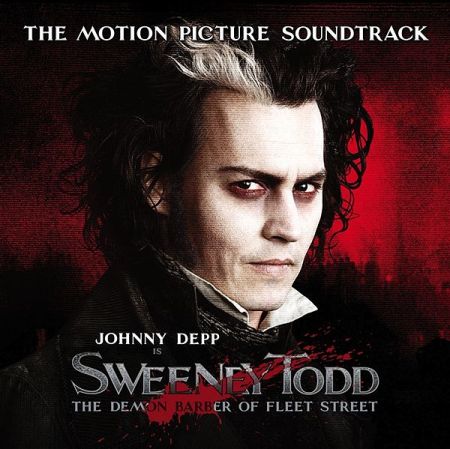Unoriginal, cheesy, with a couple of pop stars.
This film was most definitely a film created to boast Christina's singing abilities- ‘ Christina Does Burlesque’ would have been a more appropriate title. The general plot lacking originality, the characters lacking any sort of personality, Cher (Tess) lacking anything near a facial expression, are just some of the contributing aspects to this anti climax of a musical.
After the unforgettable, yet highly regrettable one hundred and eighteen minutes, sitting dazed at the screening of NINE, somehow, it was to be expected that could be quite as mind numbing. Maybe the lesson should have been learned then and there, that, just because a modern day, respected, (in some cases) singer is in a musical, does not for an instant make it a movie worthwhile seeing. Although given the choice, Christina Aguilera’s film is more tolerable than the movie starring the now puffy cheeked ‘Fergie’.
The film is everything you would expect from a Hollywood musical- full of cringe worthy stereotypes. Without the popstar names, it would most definitely be a flopp- Although cheesiness seems to be the new black these days with the likes of High School Musical, which seems to have vomited out the likes of Glee on to our poor television sets.
As for the general plot of the film all you need to do is take Chicago ( Rob Marshall’s 2002 production), add some Moulin Rouge, ( Baz Luhrmann’s 2001 production) stir them together and your Burlesque is complete. Oh dear, what's that?...the venue is being bought over? There's a love story?... and of course a young girl that would do anything to fulfil her dream. It is to be expected that such a film would comply to the stereotypes of a Hollywood musical, however, it would also be expected not to just take the narratives of two fairly recent musicals, join them together and then through in some already famous stars to give it some credibility.
The unfortunate aspect of this is that although using very similar storylines and camera work, the anticipation of some dark, emotion grabbing scene- which Moulin Rouge, and Chicago achieve, was again an anti climax. There were no surprises, the disequilibrium was so predictable that the film was not only just a copy of any other musical but ridiculously boring.
The story begins of a lost young girl who has just moved to the city to make it big. Her dream is to become a star-to be on stage and show off her talent- somehow ironic really. The Ewan McGreggor of the film- or should it be said, the hero of the film, is Cam Gigandet, who plays Jack. Jack is a barman with a hidden musical talent. Poor Ali, has nowhere to go and Jack ( although married) invites her to live at her house as a friend. But what kind of Hollywood film would it be if the two most aesthetically pleasing people in the film did not get together?
Jack gets her a job behind the bar at a Burlesque dancing venue. Each day young Ali, ( looking remarkably fresh faced for the likes of Christina Aguilera) watches the dancers and miraculously manages to remember all the moves-so when she does get her big audition- she knows every move of every dance.
The stubborn runner of the club ( Tess ) has been won over by Ali’s voice the most- and Ali replaces the main singer. This is when the main singer becomes jealous of Ali. At this point there is a threat that Tess will lose the club if she does not begin making more profit.
That is about as dramatic as the storyline gets. All ends well, everyone is friends; the club remains open and is not bought over, and of course Ali and Jack end up together.
Tess’ assistant, played by Stanley Tucci( Maranda’s assistant in Devil wears Parada)- plays pretty much the same character in both films.
There is a general lack of character development throughout the film, or maybe it’s just so clichéd that the audience already know the characters and the outcome of the storyline in the first five minutes, that there is no need for character development.
On the plus side it is cheaper to buy a ticket for the cinema than to buy a ticket to Christina Aguilera’s concert.


